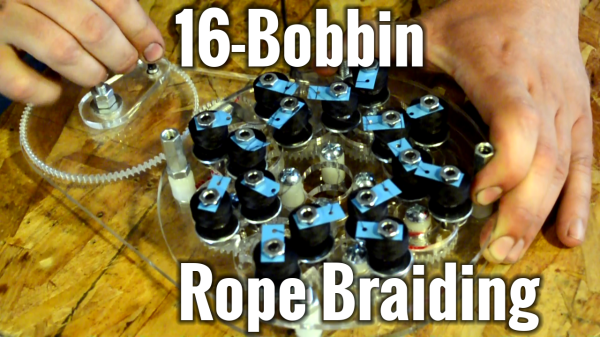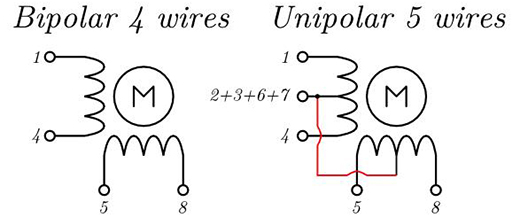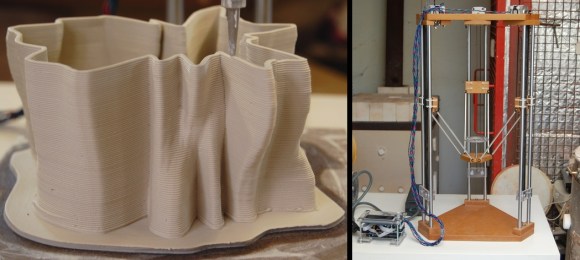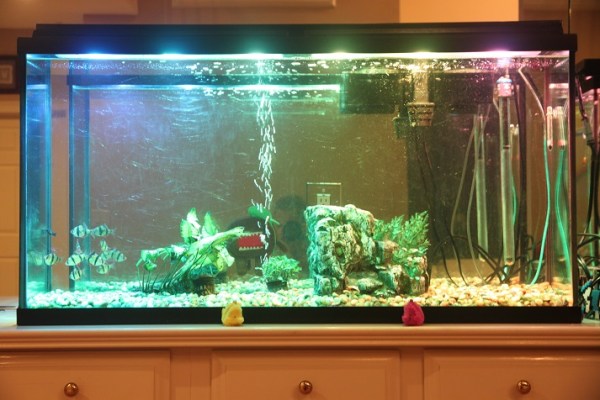 While it’s almost cliché to say they don’t make things like they used to, this week’s Retrotechtacular offers fairly conclusive proof that, at the very least, they used to put more time and effort into manufacturing consumer electronics. Gather your homemade wisecrackin’ robots and settle in front of this 1959 film entitled “The Reasons Why”, a rah-rah film created for new employees of the RCA Victor television division.
While it’s almost cliché to say they don’t make things like they used to, this week’s Retrotechtacular offers fairly conclusive proof that, at the very least, they used to put more time and effort into manufacturing consumer electronics. Gather your homemade wisecrackin’ robots and settle in front of this 1959 film entitled “The Reasons Why”, a rah-rah film created for new employees of the RCA Victor television division.
It may open with a jingle, but things quickly turn serious. Quality is no laughing matter for the men and women devoted to bringing you the best television set for your money. This type of unmatched excellence begins with tireless R&D into improving sound and picture quality. Every transformer is tested at five times the rated voltage, and every capacitor at two times the rating. Every switch undergoes a series of mechanical tests, including a pressured steam bath to ensure they will hold up even if you drag your set out to the porch some unbearably hot deep South August night.

Cabinet design is just as important—what’s the use in housing a chassis and kinescope that’ll last for 60 years in some cheap box? Woods from all over the world are carefully considered for their beauty and durability. A television set is, after all, the centerpiece of the American family room furniture group. These carefully selected woods are baked in a series of ovens to prove they’ll stand up to hours of continuous use.
Continue reading “Retrotechtacular: Designing And Building RCA Televisions”







 With a simple $35 dongle that plugs right into your TV, it’s possible to enjoy your favorite TV shows, YouTube channels, and everything else Chromecast has to offer. Being a WiFi enabled device, it’s also possible to hijack a Chromecast, forcing your neighbors to watch
With a simple $35 dongle that plugs right into your TV, it’s possible to enjoy your favorite TV shows, YouTube channels, and everything else Chromecast has to offer. Being a WiFi enabled device, it’s also possible to hijack a Chromecast, forcing your neighbors to watch 











